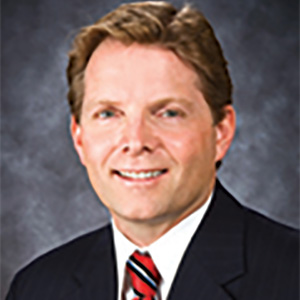The debate surrounding the credit union tax subsidy has taken a lot of twists and turns over the past 25 years, but banks scheming with credit unions to divert the credit union tax subsidy into the pockets of bank shareholders is not something I saw coming.
In April, Vystar, a $10 billion Florida based credit union acquired $1.5 billion Heritage Southeast Bank located in Georgia by paying an 80% premium to the bank’s shareholders. Vystar could justify paying such a large premium for the bank because the bank becomes much more valuable to Vystar when the bank’s future profits become tax-exempt.
For those scratching their heads, here is what this means. The shareholders of Heritage Southeast Bank discovered a way to take the money the bank would have paid in taxes over the next several years, and with the help of the executives at Vystar, they put the money that would have gone to public schools and national defense into their own pockets.
In effect, unelected credit union executives have assumed the privilege of appropriating public money and have voted to divert money away from public programs into the pockets of bank owners. This is outrageous, but typical of tax subsidies. Over time, very smart people find ways to exploit tax subsidies in ways that were never intended.
Congress made it very clear in the 1934 Credit Union Act that this subsidy was intended to “make more available to people of small means, credit for provident purposes.” This made total sense back then; economic times were tough and poor people were having a hard time getting access to credit. The tax subsidy was intended to help them.
But Congress didn’t adequately tie the subsidy to that mission. The efforts of credit unions to serve the poor are not measured in any way. In fact, a recent GAO study revealed that today, banks are doing a better job of serving the poor than credit unions. Just look at the new branches of the largest credit unions and you will find that most are being built in the wealthier parts of town.
A century later, with no limits in place, the tax subsidy that was meant to help the poor gain better access to credit is instead being used to line the pockets of bank shareholders.
Ironically, current leaders in Congress are still looking for ways to expand financial services to the poor. Just last month, while Congress was holding hearings on how to expand credit to poor and underserved communities, Lake Michigan Credit Union was using its tax subsidy to purchase a Tampa, Florida bank that focuses on aircraft financing, clearly not a strategy to serve the poor.
I may take some heat for saying it, but it is unquestionably wrong for bank shareholders to pocket a tax subsidy that was meant to help the poor. I understand the law allows it, and bank board members are obligated to search out the best deal, but I’d be a hypocrite if I failed to call out the continued exploitation of this tax subsidy just because it is benefitting a few bankers.
I fear that the driving factor behind these deals is the insatiable desire of credit union executives to grow the size of their business to drive up their salaries. It’s hard to prove because many credit union executives are exempt from the laws that require non-profit entities to disclose what they are being paid.
What’s even more disturbing is what I believe is driving these deals. It’s not because turning traditional credit unions into mammoth “fake” credit unions is good for credit union members. Afterall, why would any credit union member want to pay higher interest on loans and receive lower interest on deposits so their credit union can accumulate enough capital to pay a massive premium to bank shareholders in another state? Perhaps this is one reason customer satisfaction has been higher for banks than for credit unions the last two years.
I fear that the driving factor behind these deals is the insatiable desire of credit union executives to grow the size of their business to drive up their salaries. It’s hard to prove because many credit union executives are exempt from the laws that require non-profit entities to disclose what they are being paid. But when you realize that these executives hand-pick their boards and carefully control the information they provide to the tiny percentage of members that show up to their annual meetings, higher salaries are inevitably tied to the size of their institution and that’s what I believe is driving their growth.
There is so much wrong here, but every time the banking industry raises questions, the lobbyists for these large credit unions convince Congress to look the other way. Now that banks and credit unions are working together to divert resources away from public programs and into the pockets of bank owners, perhaps Congress will wake up and someone outside the banking industry will start asking some tough questions. Email Howard at howard@utah.bank.








